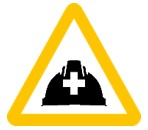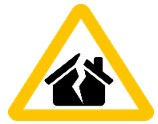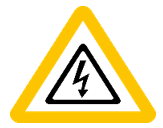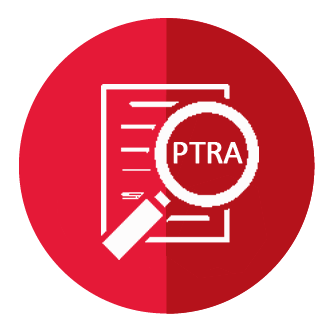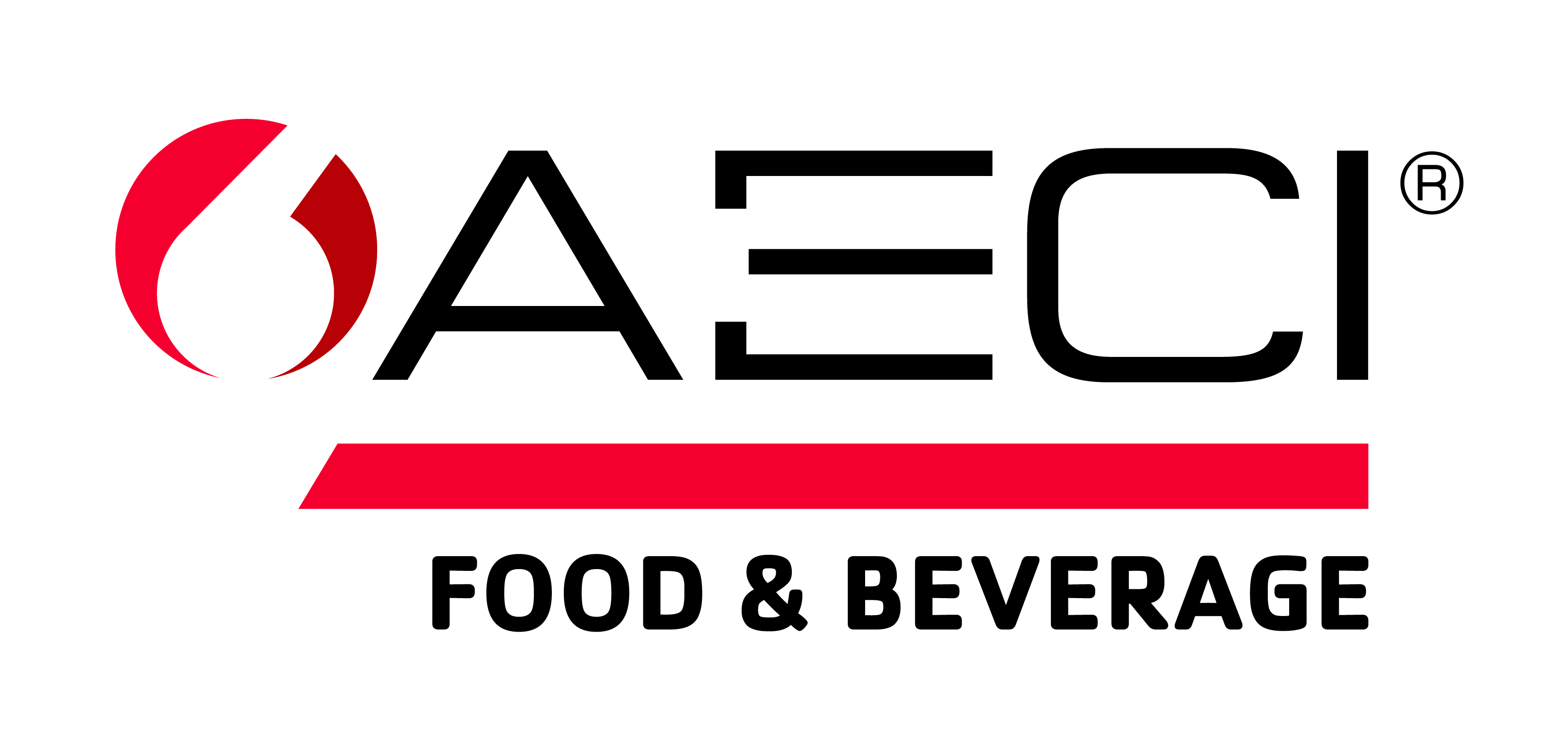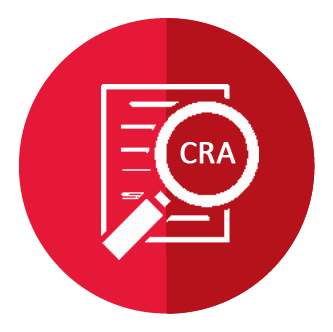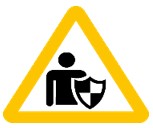Title Page
-
Site conducted
-
Conducted on
-
Prepared by
-
Location
Risk Category Standard - Occupational Health & Hygiene
Responsibilities
-
Who is the Risk Owner of this risk category?
-
Who is the Control Owner of the risk category?
-
Who is the Risk Executer of this risk category?
-
Who is the Task Executers of this risk category?
Competencies
-
Is the Risk Owner trained and competent to manage this risk category?
-
Is the Risk Control Owner trained and competent to manage this risk category?
-
Are the Risk Exacters trained and competent to manage this risk category?
-
Are the Task Executers trained and competent to manage this risk category?
Appointments
-
Is the Risk Owner appointed to conduct his/her duties? (WAH Planner, risk assessor.....)
-
Is the Risk Control Owner appointed to conduct his/her duties? (WAH Planner, risk assessor.....)
Risk Management Requirements
Conduct occupational health and hygiene risk assessments for occupational health stressors:
-
By an Approved Authority on a two-yearly basis; or as per in-country requirements
-
A competent person must undertake physical inspections of the workplace with line management and SHEQ personnel to assess risks and compliance at pre-determined intervals.
-
Health risks must be verified and quantified during these plant visits
-
Non-conformances must be addressed.
-
Ensure all applicable persons trained on the various occupational health hazards and controls.
-
Ensure all applicable persons trained on the various occupational<br>health hazards and controls.
-
Design of new, repaired or modified equipment must be optimised to inherently reduce health risks and maintained to<br>ensure effective and safe operation. Designs must be approved by a competent authority.
-
Monitor all occupational health risks through hygiene surveys and other methods at a frequency prescribed by in-country legislation<br>or the risks.
Ensure occupational health risks are incorporated into the medical surveillance programme to detect and monitor adverse health effects and act upon them when required:
-
Develop an Occupational Risk Exposure Profile (OREP) or similar, for each job.
-
Conduct a pre-employment medical on all new workers prior to employment to determine suitability and identify any existing conditions and to determine baseline values of hearing and lung functions.
-
Conduct periodical, transfer and exit medicals or as per in-country standards.
-
-
Ensure the occupational health standards are in place where applicable, kept updated and workers receive training.
-
Refer to the other risk category standards if the work includes anything relevant.
Minimum Critical Controls
-
Warning systems must be in place e.g. signage, alarms. Hazardous exposure areas must be clearly demarcated.
-
Ensure engineering controls are in place and effective to prevent loss of containment of hazardous chemicals, prevent exposure to<br>pollutants and biological hazards where applicable.
-
Follow biological hazard protocols to limit or mitigate exposure (e.g. sanitise, apply social distancing).
-
Wear appropriate PPE to reduce exposure to airborne pollutants, hazardous chemicals and biological hazards as required by risk assessments
-
Conduct emergency response when required.
Noise
Ensure an occupational hearing conservation program is in place to reduce inherent noise levels and prevent occupational hearing loss:
-
Assess all workplaces and tasks to determine baseline noise levels.
-
Identify and demarcate noise areas and specific equipment/ tasks (e.g. steel hammers, jack hammers) with a noise level<br>above OEL.
-
Information and training must be provided for workers and managers with regards to Noise and Hearing Conservation.
-
Audiometry screening must be conducted at pre-determined frequency, as per in-country standards or as prescribed by<br>a medical practitioner.
-
Formal investigation must be initiated when a degree of hearing loss (from baseline) occurs. This level must be<br>defined if no in-country standard exists. Recommendation is 3,2%.
-
Reduce noise levels through design and engineering controls e.g. silencers, sound proofing, enclosures.
-
Reduce exposure time at levels above OEL (e.g. restricting access to work area, use job-rotation or work-rest schedule).
-
Issue and wear hearing protection to provide adequate protection based on the noise levels and noise rating of the devices. Custom-moulded hearing protection is the preferred device. Other devices include earmuffs and disposable ear plugs
Ergonomic, Illumination and Thermal Stress
-
Conduct Occupational Hygiene assessments for Illumination and Thermal stressors.
-
Implement measures to reduce risks and periodic monitoring of exposures.
-
Conduct ergonomic assessments to detect, assess and reduce any physical risk factors associated with work
-
Hygiene and Ergonomic surveys/assessments to be led by a competent person.
-
Reports and associated workplace controls and corrective actions to be tabled at the relevant SHEQ or Management<br>Committee.
-
Health and hygiene controls to be assigned to the responsible<br>person.
-
Ensure workers, managers and SHEQ personnel are trained in the identification and monitoring of health/hygiene risks.
-
Ensure risks are integrated into the medical surveillance programme.
-
Reduce and control ergonomic, illumination and thermal stressors.
-
Warning systems must be in place.
-
Wear appropriate PPE in the workplaces as per risk assessment.
-
Conduct emergency response when required.
